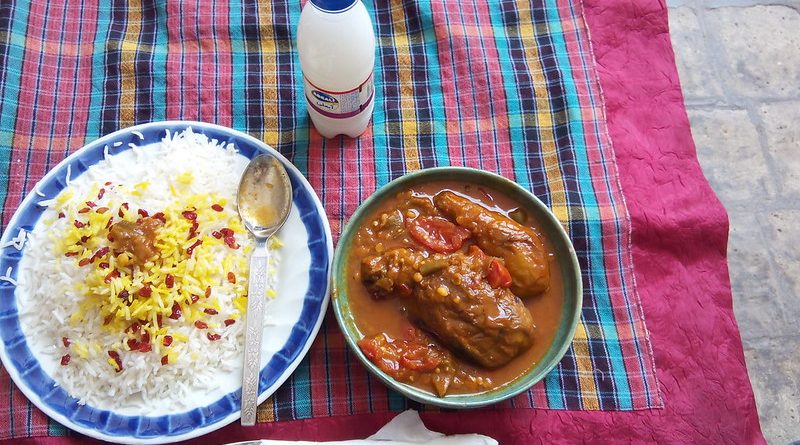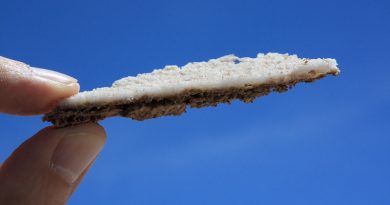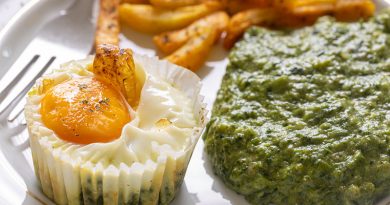Iran Food Guide
Food Facts
Where: Iran, Middle East
Staples: Rice, kebab, fruit and vegetable stews
Best dishes: pomegranate soup, stuffed quinze and polo
Although caviar is Iran’s second biggest export (after oil), it is collected purely for the Western market – you are unlikely to catch many Iranians snacking on it, in fact the majority don’t know what it is.
Staples and national dishes
Iranians like to mix up their sweet and savoury flavours. Rice is the basic staple, but it is often mixed up with meat and fruit or vegetables to make a dish called polo, and served with stews (khoresh), or the ubiquitous kebab. Varieties of khoresh include ones with yoghurt, aubergine, pomegranate juice, walnuts, quinces or rhubarb.
Fruits and vegetables are often served stuffed with rice – the stuffed vine leaf (dolmeh barg) is infamous, but also try the less common dolmeh beh (stuffed quince) or dolmeh sib (stuffed apple). Iranians also eat huge quantities of bread (nan). Soups, like the stews, come in interesting flavours – look out for ash-e torsh, dried fruit soup, or ash-e anar, pomegranate soup!
Drinks and desserts
Everyone drinks tea in huge quantities. Tea comes without milk, but very sweet – the method is to hold a sugar cube between the teeth and sip the tea through it, letting it dissolve slowly. Also popular are fruit or flower syrups, served with ice in summer. Deserts, unsurprisingly, are very sweet. Rose water or saffron flavoured ice creams, pistachio nougat, almond and honey pastries and even a very fragrant candy floss are busy rotting teeth all over Iran.
Family meal etiquette
Unfortunately the Iranians keep these amazing flavours in their homes – a huge incentive to make friends and angle for dinner invitations! Most restaurants, even the big ones, offer little more than a couple of different kebabs with rice, and visitors to Iran get bored quickly.
Alcohol is strictly banned, and you are unlikely to find it even in the bigger hotels. There is non-alcoholic beer available, but it is pretty grim. Rumour has it that thirsty Iranians add sugar to it and keep it for a few weeks, making their own home brew, but few will admit it. As a visitor, you may be allowed to take a small amount of alcohol into the country but it isn’t really worth the hassle at customs.
If you do manage to find your way to an Iranian dinner table there are a few rules of etiquette it might be useful to bear in mind:
– Always remove your shoes before entering a private home, and keep your head bowed after knocking in case an uncovered woman answers the door.
– You shouldn’t shake hands or sit next to anyone of the opposite sex, apart from your own spouse, or close relative.
– It is the custom to exchange presents when arriving or leaving, but never accept a present without first refusing at least twice.
– If there is business to be discussed, never get straight to the point – always drink three cups of tea before getting serious!
– In case it is that time of day, take care never to walk in front of anyone praying to Mecca.
– Excuse yourself from any bad manners by saying bebakhshid (sorry), but don’t expect your hosts to point out your mistakes. It is always wise to explain that you are learning the rules, and invite them to keep an eye on you!
MORE INFORMATION
- Mage.com: New Food of Life
- Ancient Persian and Modern Iranian
- Cooking and Ceremonies
- Extracts and sample recipes from the book by Najmieh Batmanglij
By Hannah Englekamp




